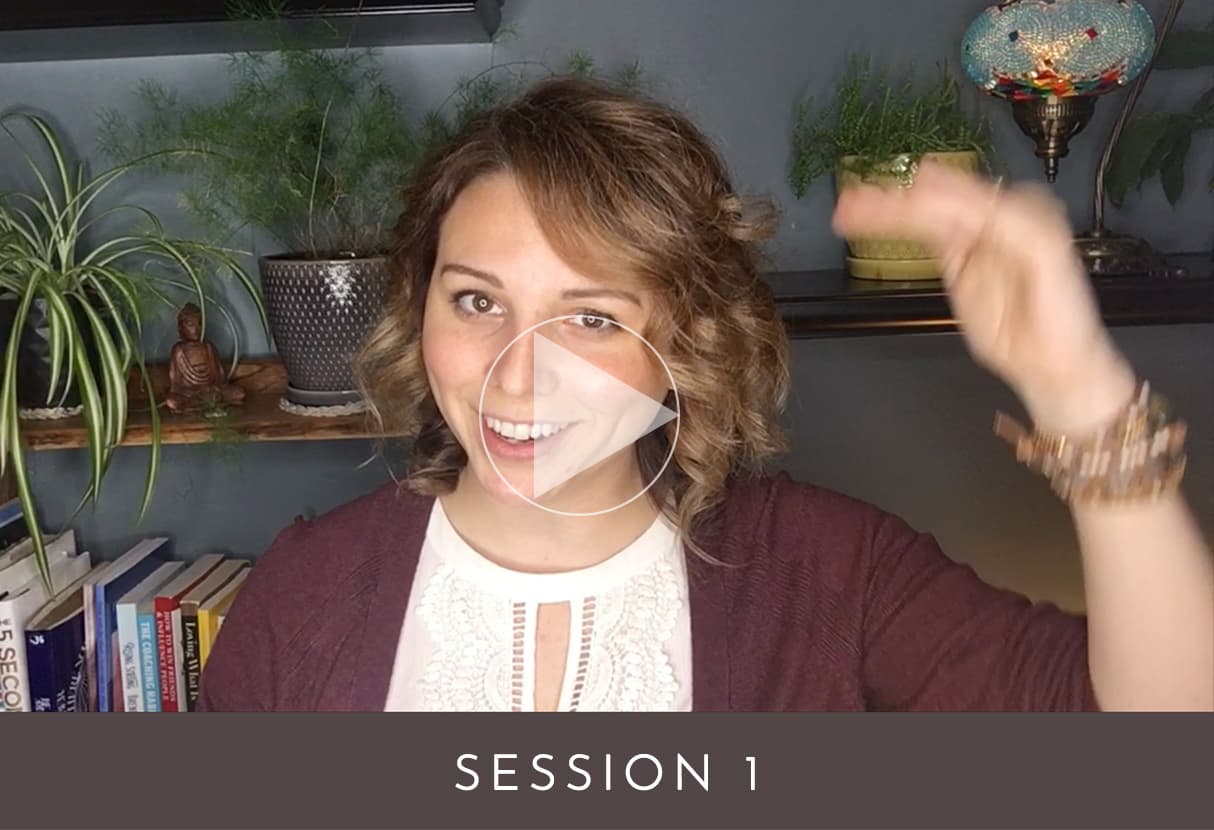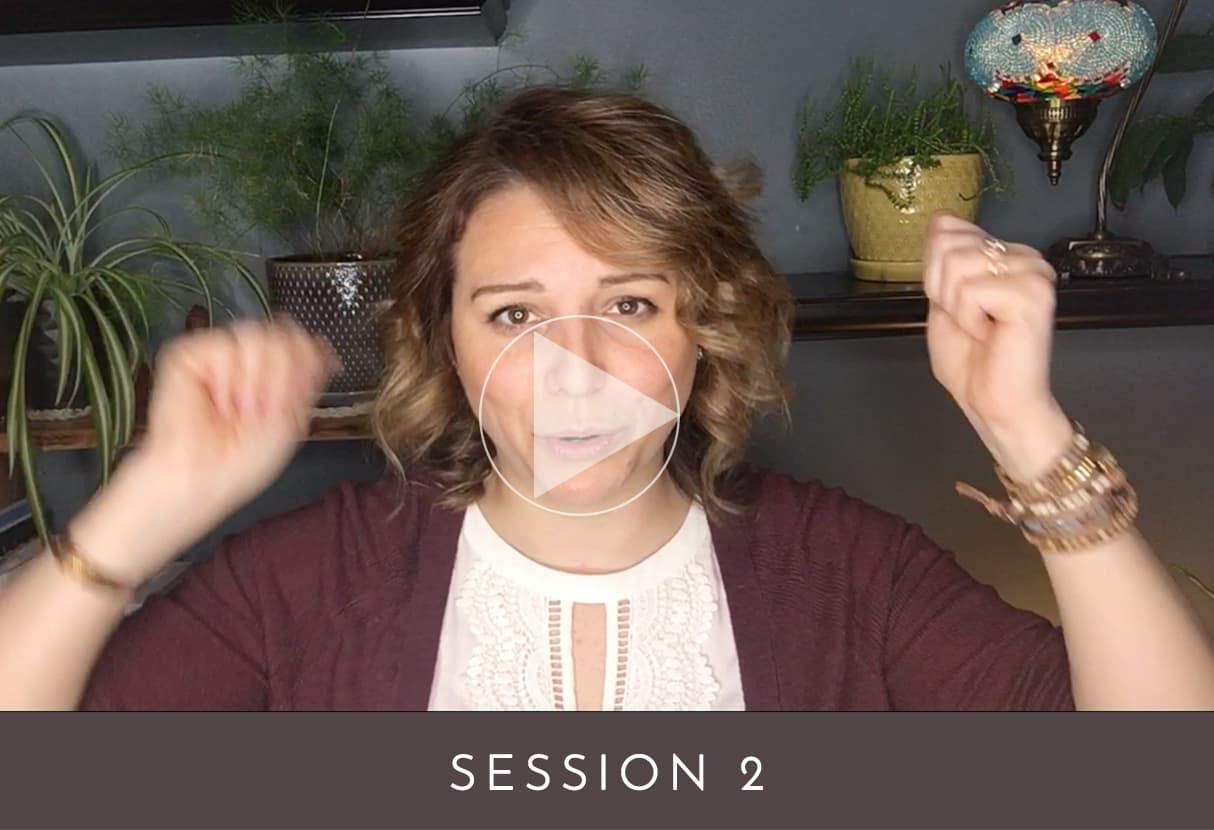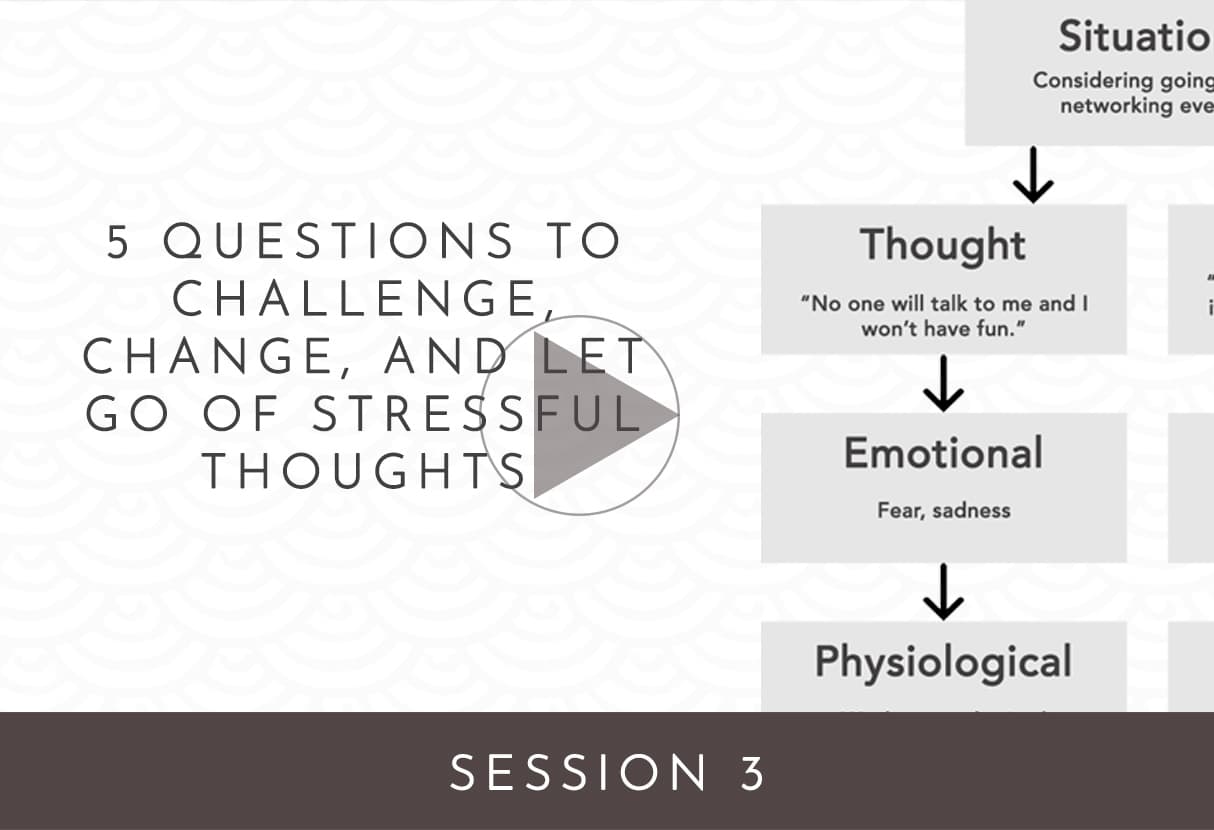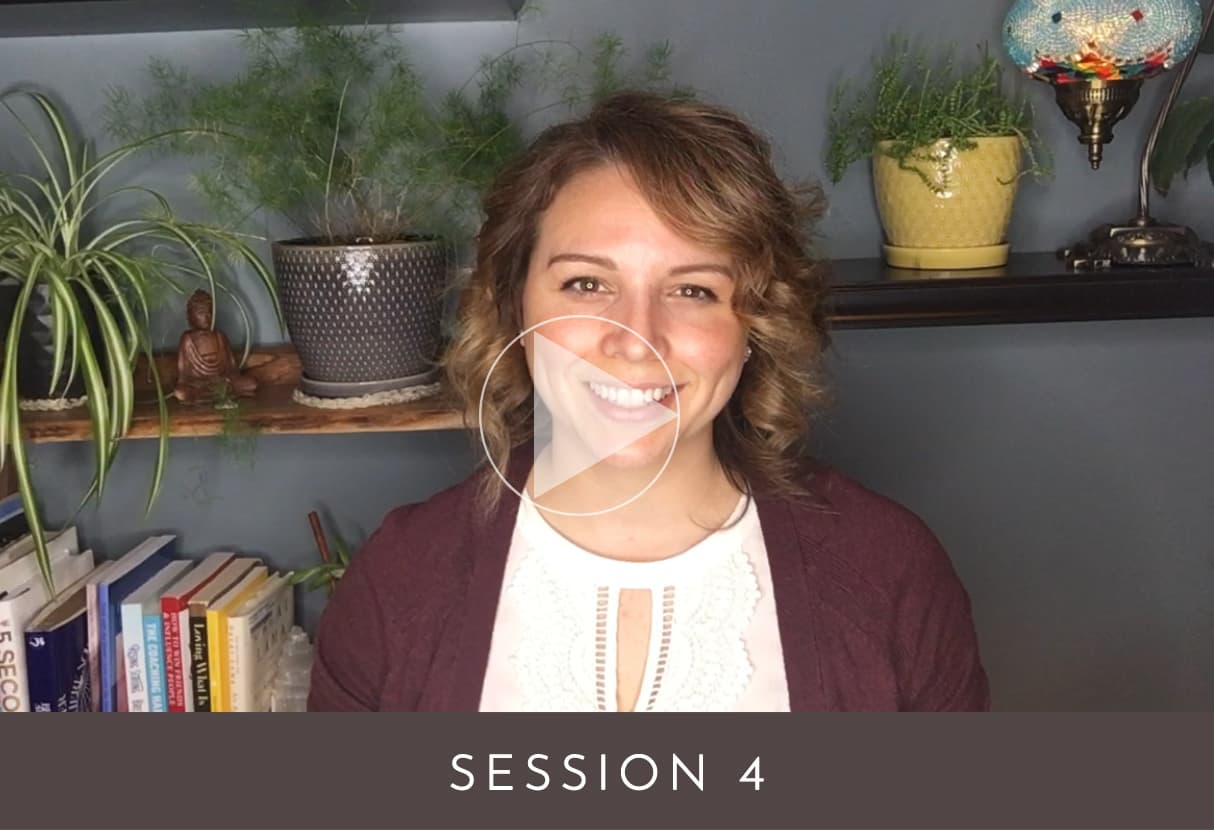This mini course reflects some of the fundamental principles from my signature one on one coaching program. You will experience a bit of what I teach in these in depth, personalized sessions as you work your way through the course.



STRESS DETOX
MINI COURSE



Welcome to Session 2 of the Stress Detox Mini Course!
Session 2 is about changing our relationship with stressful and anxious thoughts through meditation.
Before watching the video, we’ll first take a look at the three biggest ways meditation helps us change our relationship with our thoughts to create a lasting effect of resiliency against stress, anxiety and worry thoughts.
You are not your thoughts
Meditation is a time tested and scientifically proven tool to help with stress and anxiety. It’s been practiced for thousands of years and has been the subject of countless studies over the past several decades.
We’ve all heard that meditation is good for you and can help with stress. At this point, it’s pretty common knowledge.
In the last lesson we learned how to turn off the stress response in the moment with a breathing exercise.
This session is about how meditation creates lasting relief from stress and anxiety through lessons it teaches us.
Not just because you are stressed right now and a meditation session could make you feel better today. But for the long haul. It fundamentally changes our relationship with our thoughts and emotions.
I am a huge advocate for meditation. It has made a substantial difference in my life and was one of, if not the biggest tool for helping me overcome a lifetime of anxiety.
Exercise #2: Meditation to find space between you and your thoughts
One of the great lessons meditation teaches us is to show us the difference between us and our thoughts. It shows us how fleeting thoughts are, how they can come and go and change as easily as clouds passing through the sky.
We find ourselves attached to these thoughts, we identify with them, we become them when we don’t realize we are not them, and this is a big source of stress.
There is a “you” beyond the fleeting thoughts in your mind. Some call it soul, Inner Self, or wise advocate… whatever you call it, there is a “you” that is separate from the ideas in your head.
As we meditate, we’re noticing the thoughts passing through. We witness with curiosity what has grasped our attention. And without judgement, we gently bring our attention back to our intended focus – in this case, we’re focusing on our breath.
Thoughts will continually pass through the mind while meditating because this is what our minds do. We’re not looking to force thoughts from our minds, it’s not possible. The only way you would know if your mind was clear would be to think “is my mind clear?” and then you would have been thinking.
In this guided introduction to meditation, you’ll start to see your thoughts as separate from yourself.
And with this newfound perspective, you start to create space between afflictive thoughts causing pain and stress, giving you freedom to examine or dismiss the thought, bringing you more peace, understanding or happiness.
Action plan
Make this a regular practice.
- Find one or two times a day you can dedicate to setting up somewhere quiet and focus on your breath. It could be five minutes a day 3 days a week. Just find a goal you can commit to as a starting point.
- When feeling stressed, anxious, angry, frustrated or irritated, continue to use the 4.5.7 breathing exercise.
What will get in your way from doing this?
Plan ahead and know where and when you will meditate.
Coming up next
You may be thinking “Ok, I’ve learned how to turn off stress, but I still have these stressful thoughts? How do I get rid of them?”
In the following session, we’ll learn how to challenge, change and let go of stressful thoughts to live the life of our choosing instead.



Disclaimer: The information contained in this course is intended for educational and inspirational purposes only, and is made available to you as self-help tools for your own use personal journey toward health and happiness. It is not a substitution for medical advice, diagnosis or treatment from a licensed mental health professional.
Free access to the Stress Detox mini course is available for a limited time only.





